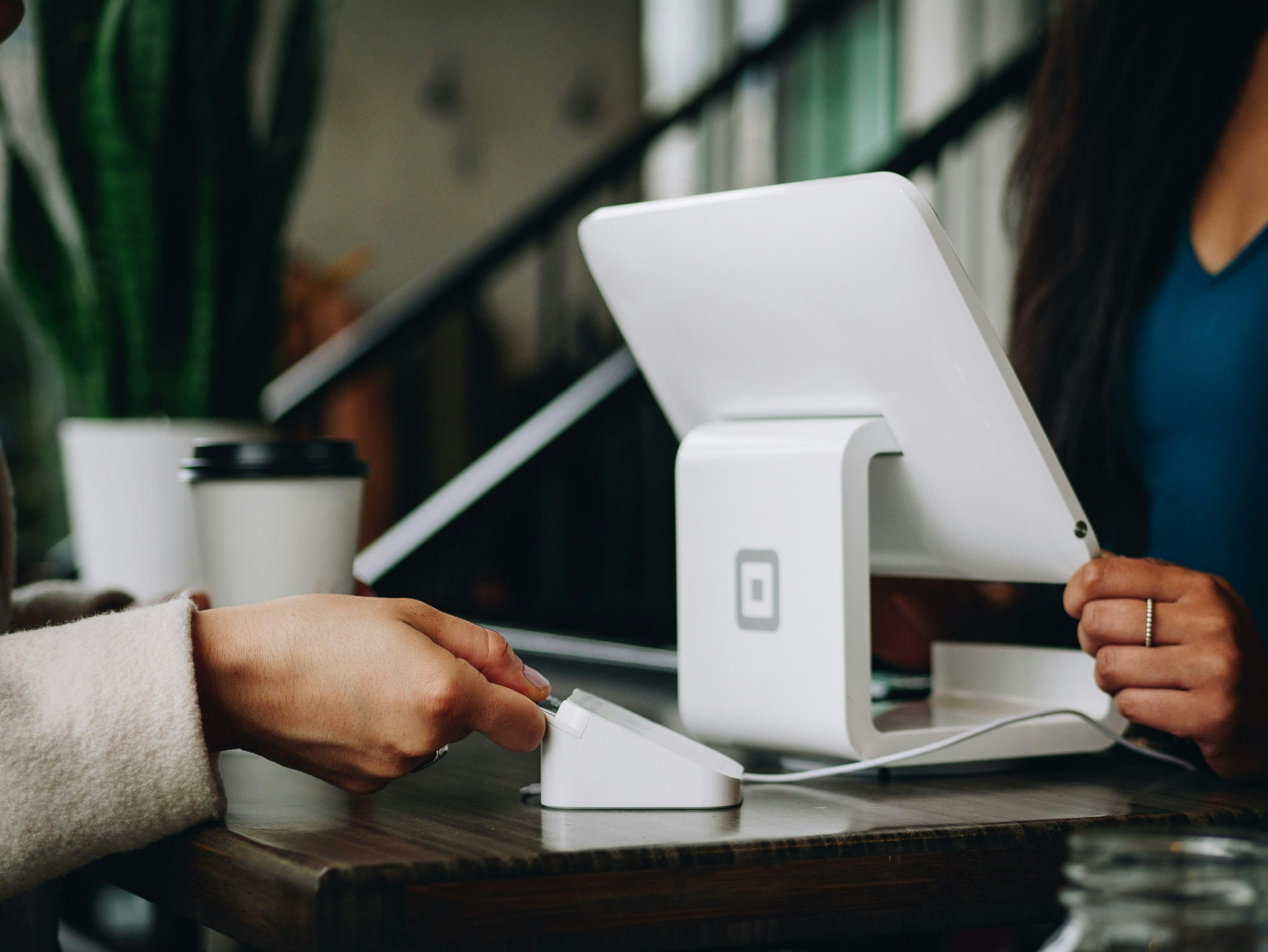In recent years, AI-generated art has become increasingly popular, and many creators are exploring ways to monetize it. One promising niche is AI-generated seamless patterns, which have a steady demand on platforms like Etsy. This guide provides a step-by-step process to create and sell AI-generated patterns, including market research, pattern generation, optimization, pricing, and marketing.
Step 1: Choosing an AI Generation Tool
There are many AI art generators available, such as MidJourney, DALL·E, and Stable Diffusion. For this guide, we will use MidJourney because of its advanced features and ability to create seamless patterns.
How to generate seamless patterns? Add the --tile command to your MidJourney prompt. For example:
/aquarelle eggplant from farm --tile
This command ensures that the generated pattern can be tiled seamlessly, making it ideal for print applications such as:
- Scrapbooks, greeting cards, and notebook covers
- Wrapping paper
- Print-on-demand (POD) products like phone cases, pillows, and mugs
Step 2: Market Research
Before selling AI-generated patterns on Etsy, it is crucial to understand market demand. Here are some effective research methods:
- Etsy Search Suggestions – Type “digital paper” or “seamless pattern” into Etsy’s search bar to find trending keywords.
- E-rank Keyword Tool – A free Etsy keyword research tool that helps identify popular yet low-competition keywords.
- Competitor Analysis – Study top-selling Etsy shops to analyze their keywords, pricing, and pattern styles.
Popular AI-generated pattern types include:
- Botanical and floral designs
- Vintage lace
- Navajo tribal patterns
- Watercolor-style fruits and vegetables
Step 3: Optimizing Pattern Size and Quality
Etsy digital patterns typically require 300 DPI resolution with dimensions of 3600×3600 pixels. However, MidJourney’s maximum output is 1024×1024 pixels at 72 DPI, so upscaling is necessary.
How to upscale AI-generated patterns?
- Using AI Upscaling Tools (e.g., Gigapixel AI) – Can enlarge images to 6144×6144 pixels and convert them to 300 DPI.
- Free Upscaling Tools – Alternatives like Let’s Enhance and BigJPG also provide similar upscaling capabilities.
Step 4: Creating an Etsy Product Listing
An Etsy listing consists of five key elements:
- Uploading AI Pattern Files
- Etsy allows only five digital file uploads, but pattern packs usually contain eight or more designs.
- Solution: Upload all patterns to a Google Drive folder and include the download link in a PDF file, which is then uploaded to Etsy.
- Creating Product Images
- Thumbnail: Displays a title and a preview of all patterns.
- Detailed Preview: Showcases 4 or 8 patterns in each listing.
- Pricing Strategy
- AI-generated patterns on Etsy are typically priced between $1 and $5.
- Using E-rank’s profit calculator, considering Etsy fees and discounts, the final price is set at $2.49 with a 50% discount to attract buyers.
- Title and Tag Optimization (SEO)
- Title: Use popular Etsy keywords, e.g., “Watercolor Eggplant Seamless Pattern Digital Paper.”
- Tags: Generate keywords using E-rank and ChatGPT.
- Product Description
- Clearly state pattern applications.
- Include the Google Drive download link.
- Offer a free eBook to build trust and credibility.
Step 5: Marketing and Promotion
Since new Etsy accounts lack sales and reviews, it can be challenging to gain traction. To drive traffic, consider the following methods:
1. Etsy Ads
- Budget: $1 per day
- Etsy ads previously generated quick sales when selling AI-generated art prints.
2. Social Media Marketing
- Pinterest – Create multiple pins linking to Etsy listings.
- Instagram & TikTok – Post short videos showcasing the AI generation process to attract potential buyers.
Step 6: The 30-Day Challenge Results
After a 30-day experiment, the final results were:
- Total Sales: 2 AI pattern packs (Vintage Lace & Navajo Tribal Pattern)
- Total Revenue: $7.47
- Costs:
- MidJourney Subscription (1 month): $31.50
- Etsy Ads (15 days): $15
- Etsy Transaction Fees, Taxes, and Listing Fees: $22.76
- Net Loss: -$61.79
Conclusion: Is the AI Pattern Market Profitable?
Selling only AI-generated patterns proved to be challenging due to the following reasons:
- High Competition – MidJourney has made AI pattern creation accessible to everyone, leading to market saturation.
- Low Prices and Thin Profit Margins – To earn $100, 53 pattern packs need to be sold, and advertising further reduces profitability.
- Lack of Social Proof (Reviews) – A new Etsy shop with no reviews struggles to convert visitors into buyers.
Future Strategies for Success:
To build a sustainable AI pattern business, consider:
- Targeting Niche Markets – Specialize in specific styles (vintage, minimalist) or specific uses (kids’ wallpaper, wedding designs).
- Increasing Order Value – Expand to POD products (mugs, T-shirts, wallpapers) using platforms like Printify and Printful.
- Selling Physical Products – Instead of just digital files, offer tangible items featuring AI-generated patterns.
If you’re interested in learning more about AI art, eCommerce, and SEO strategies, follow our channel and comment below with topics you’d like us to cover!



